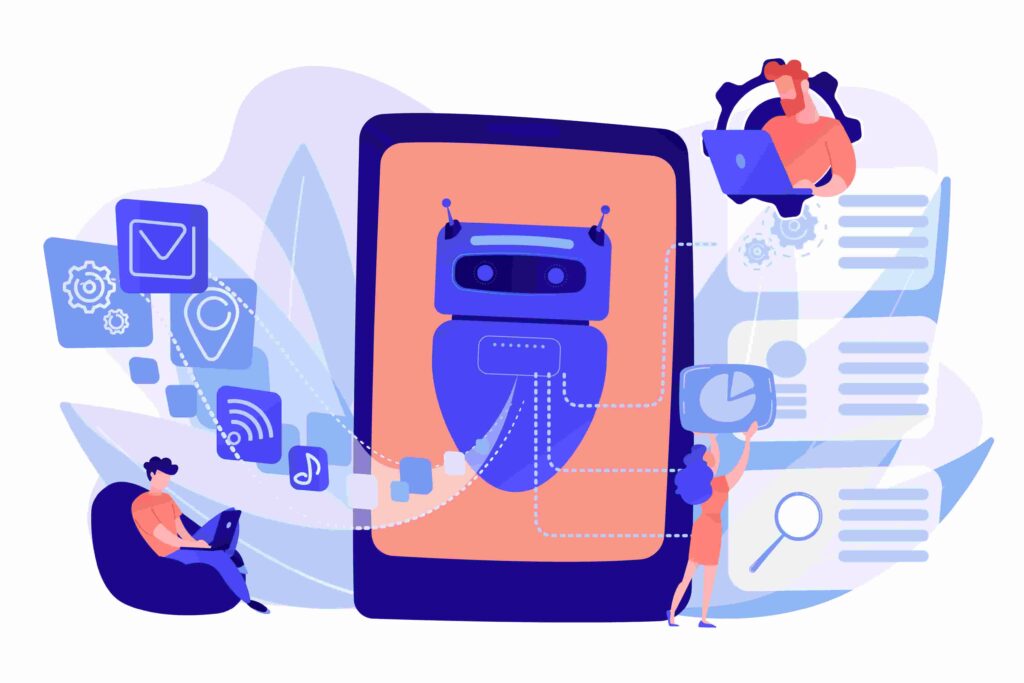A bad service desk is one of the main reasons for a customer to stop trusting your company. In this article, you’ll see that a consistent long-term strategy can help identify and minimize problems that negatively affect customer relationship and your brand image.
How to identify the causes of poor service desk
To help you identify the causes of bad service desk, your company should implement quality control methodologies. The idea is to set standardized procedures that ensure customer satisfaction. However, it’s important to keep in mind that such transformation doesn’t happen overnight.
Providing excellent service should be part of the organizational culture, constantly reinforced with a cycle of continuous improvement that:
- optimizes teamwork management;
- encourages learning from previous mistakes;
- stimulates innovation and creativity;
- identifies and eliminates bottlenecks;
- prevents recurring failures.
One of the most common continuous improvement methodologies is the PDCA cycle, with its Plan-Do-Check-Act stages, as described below:
Plan
This stage is focused on identifying points to be improved in your service flow, whether in processes or tools. An action plan should be developed with clear objectives and definition of team members who will be responsible for putting the plan into practice.
Do
In this stage, the changes described in the action plan should be tested. Create a work log that describes all activities that have been performed to ensure alignment among everyone involved in the process.
Check
Here, the results of what was planned and performed should be analyzed. Data collected and analyzed in this stage are crucial for the continuity of the cycle, as they provide insights for the next stage.
Act
In the last stage, corrections and adjustments are implemented according to the results obtained in the previous stages. It’s time to identify aspects to feed the cycle and review the action plan.
How to handle service failures?
In general, the most common causes of bad service desk are:
- delay in service;
- overloaded team;
- lack of knowledge about the product and customer profile/expectation;
- “robotic” service, stuck to a script.
See below four tips to help you handle these problems and minimize service failures
1. Automate processes
Companies that still have several manual processes tend to offer slow service. Also, it’s more difficult to record what happens at each contact and consolidate these data to understand the whole process, which can make the continuous improvement cycle unfeasible.
Investing in a good service desk management platform is the best solution because it reduces the average service time, allows an in-depth analysis of the service evolution, and generates important insights for business management. All these benefits contribute to a high level of customer satisfaction over time.
2. Adopt an omnichannel platform
An omnichannel platform meets customer needs across multiple touchpoints. When a company offers multiple service channels, a customer can choose a preferred channel and the company can develop processes to forward certain calls to specific agents.
These multiple channels for service desk include:
- email;
- chat;
- apps;
- telephone;
- WhatsApp.
For this structure to produce positive results, it’s important to map the customer journey and understand the capacity of every channel in relation to the different types of requests the service team receives.
3. Invest in training
This is certainly one of the most delicate aspects of poor service desk, as it demands continuous attention. If the team doesn’t have knowledge about the service, the customer profile, and the tools, the service quality will be significantly compromised.
Failures like these are linked with the common problems mentioned above. The solution is to develop training programs based on the improvement points identified during the “check” stage of the PDCA cycle.
4. Personalize service
Empathy and clear and objective communication are key pillars of humanized service, a concept that helps strengthen relationships through a deep understanding of customer needs and behaviors.
A service desk team with training on humanized service can transform the user experience, combining a certain level of autonomy with standardized processes. Long-term benefits include high customer loyalty and improved brand image.
As we have seen in this article, using technologies to automate certain processes and manage multiple channels is a critical factor to enhance service quality.
Contact Milvus to learn more about this topic.








